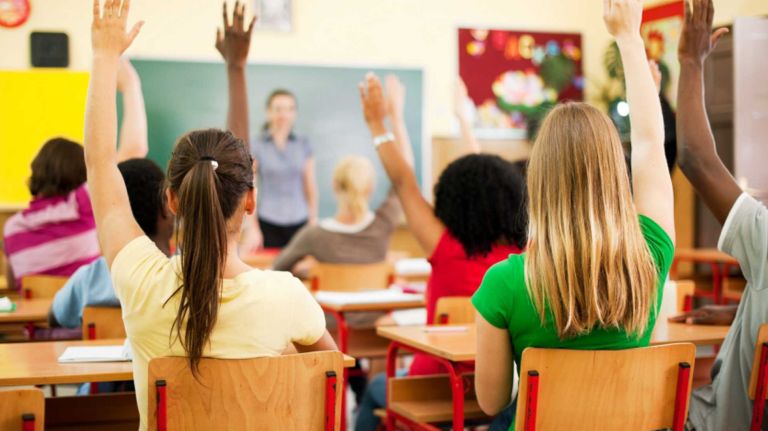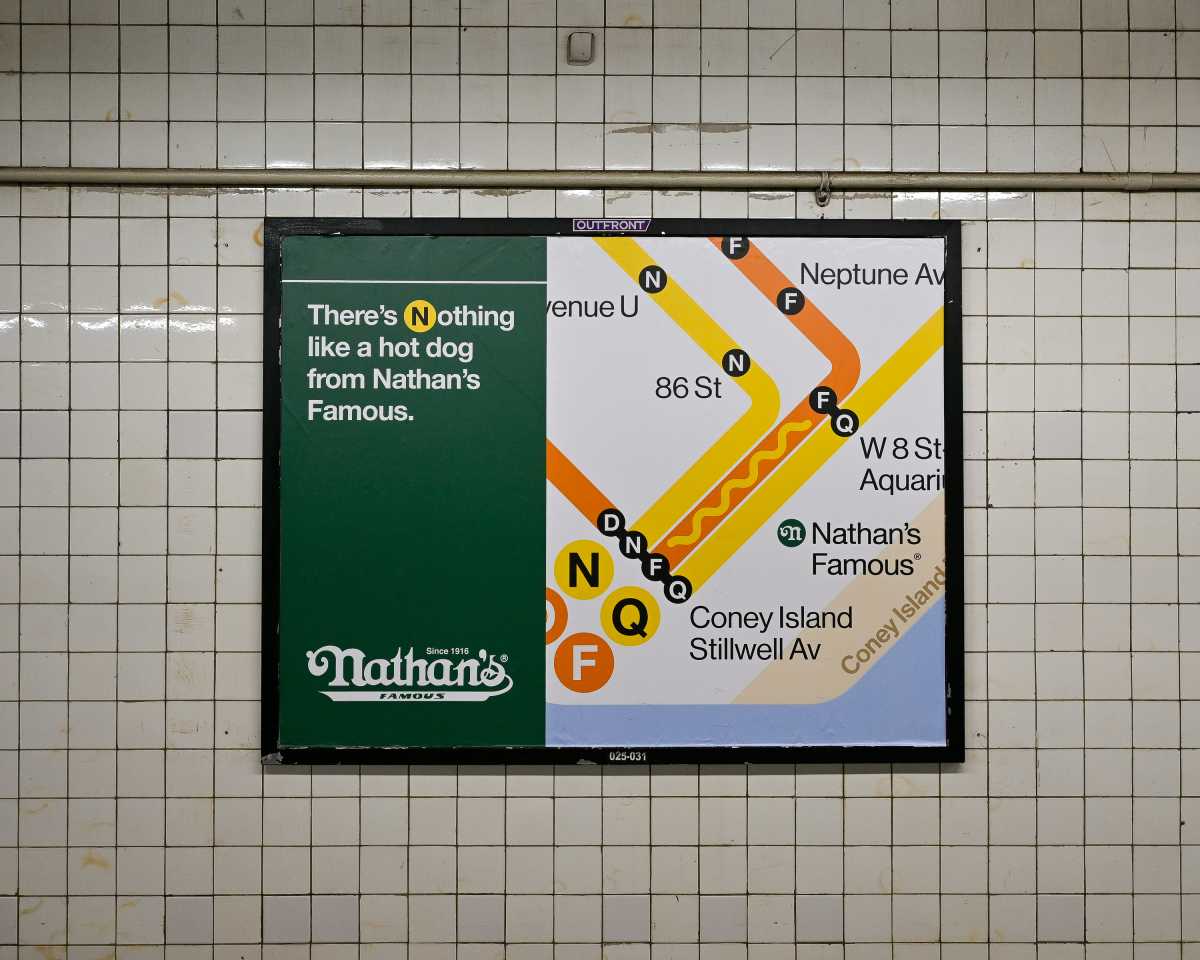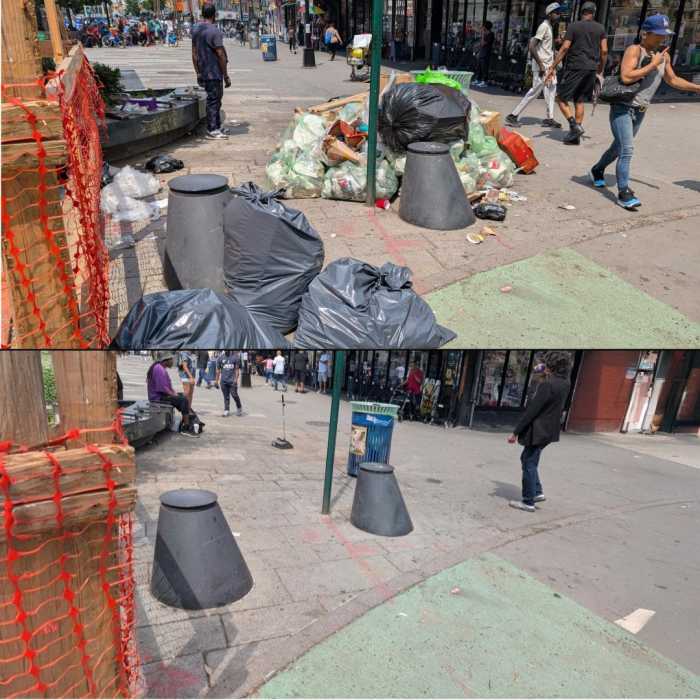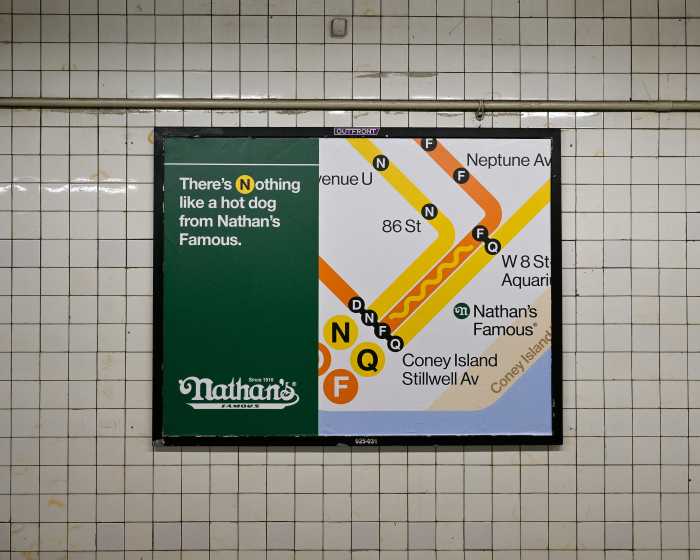
On a recent morning, my 8-year-old son, Ivan, let me know he wouldn’t be getting his homework done after school.
It’s finally sunny out, and he’d rather shoot hoops on the playground with his friends, he said. Tall for his age, Ivan is sometimes the only white kid on the court. He notices skin color. Not long ago, he asked me, “Does Stevie Wonder know he is black?” However, what really matters to him is making friends and improving his game.
Ivan attends a racially diverse public school in Brooklyn, which increasingly is not the case for many kids in NYC. In fact, as we approach the 60th anniversary of Brown v. Board of Education next month, the landmark court decision that declared school segregation unconstitutional, New Yorkers need to face an uncomfortable truth.
A report from the Civil Rights Project at the University of California-Los Angeles found that the most segregated schools in the nation are not in Mississippi or Alabama, but in New York State. In NYC, the percentage of “intensely segregated” schools, which researchers defined as 90 to 100 percent minority, increased by 70 percent from 1989 to 2010. That describes nearly half our schools.
Why are our schools so segregated decades after black children endured violence and insults for the cause of integration? Part of the answer lies in the segregation of neighborhoods. Blatant housing discrimination has declined, but income disparity has not, leaving poor residents in at-risk areas Also, many officials have fervently championed charter schools, some of which, in NYC, have segregated black children. The UCLA report defined 73 percent of the city’s charter schools as “apartheid” schools ( less than 1 percent white) while 90 percent are “intensely segregated.”
Above all, however, our schools are segregated because no one has taken serious action to desegregate them, as activists and the federal government did in the middle of last century.
In 2014, that will take a commitment to traditional public schools and mixed-income housing in all neighborhoods. Mayor Bill de Blasio has sent his children to relatively integrated public schools. As mayor, he can make history by giving other NYC parents the chance to do the same.
Liza Featherstone lives and writes in Clinton Hill.


































